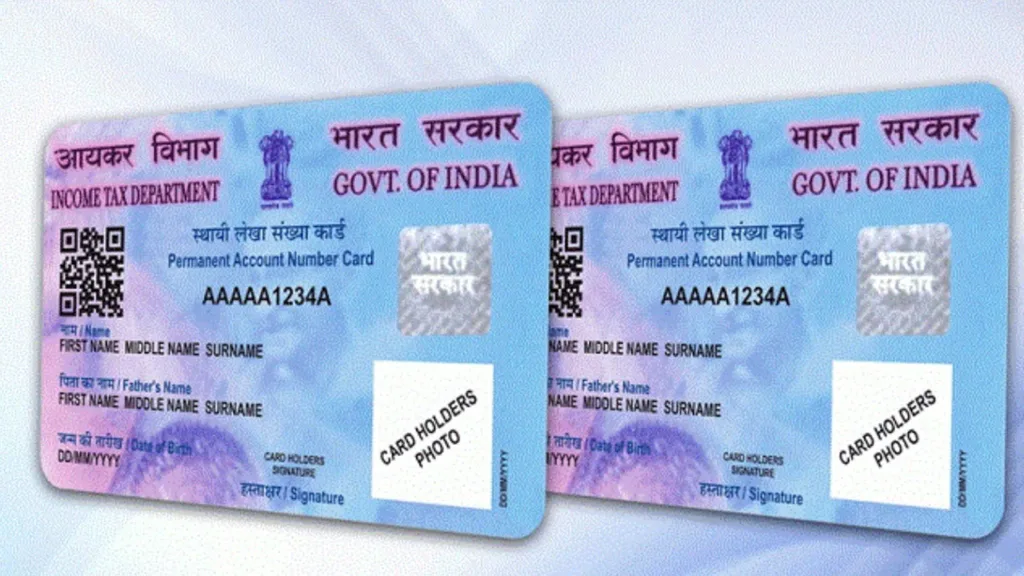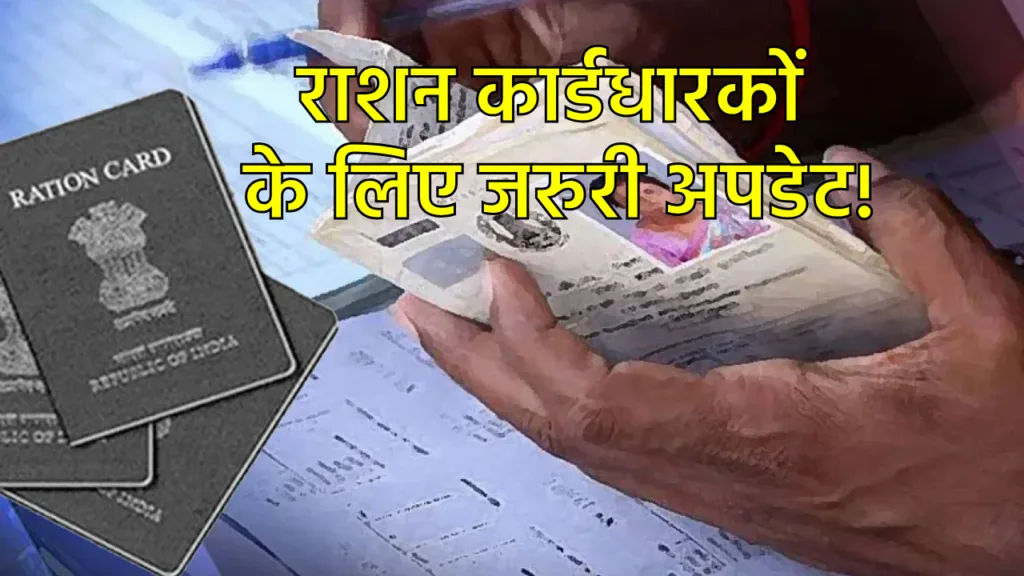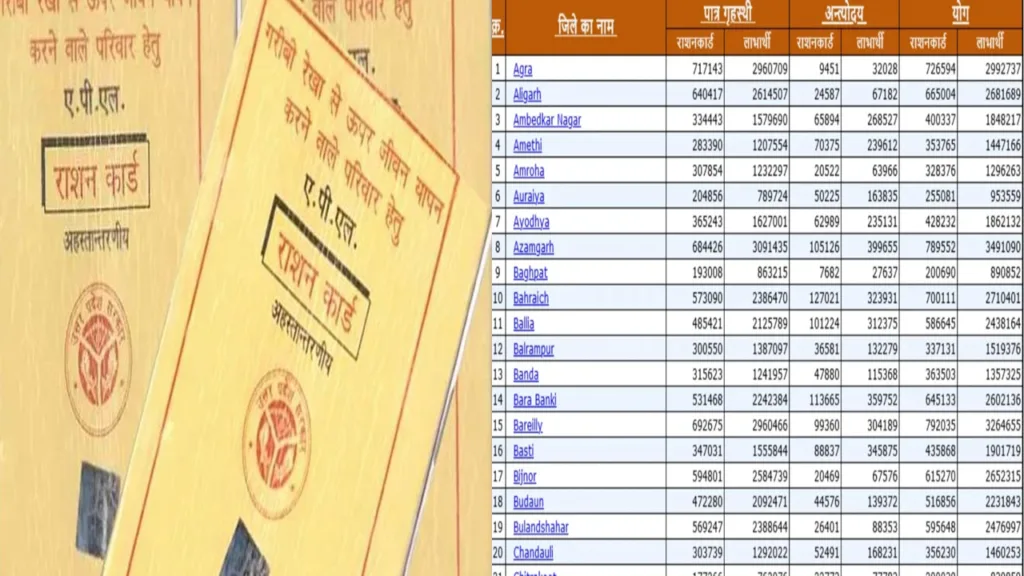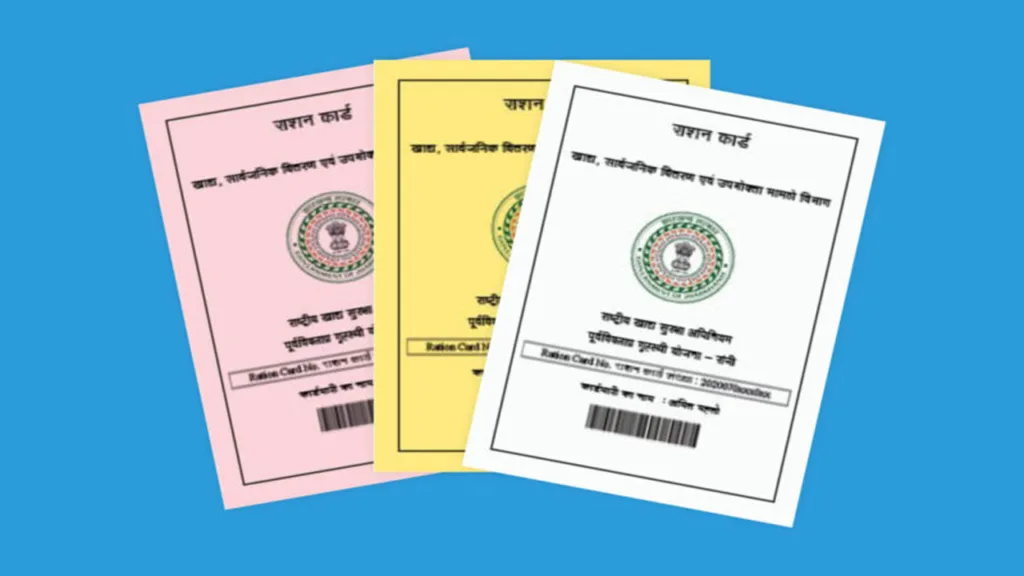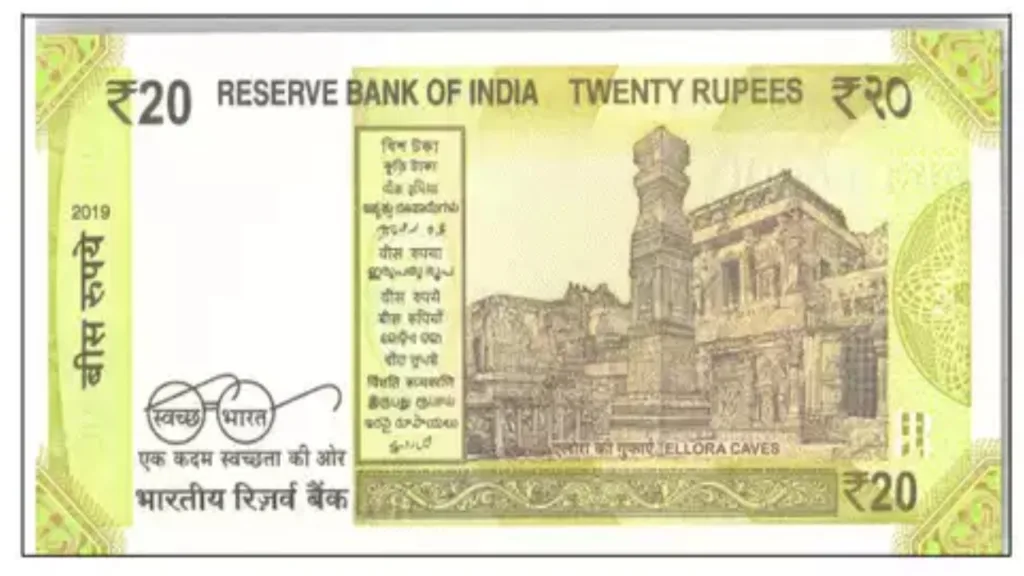Juggling education aspirations with financial realities is a common challenge for Indian students. Thankfully, the digital age has introduced student loan apps, offering a convenient and potentially accessible solution for financing your education. But before you dive into the world of these apps, it’s crucial to understand their intricacies and navigate them with caution.
1. Demystifying Student Loan Apps: A Glimpse into their Function
Student loan apps primarily function as online platforms connecting students with lenders who offer education loans. These apps simplify the application process, often requiring minimal documentation and promising quick approvals. However, it’s essential to remember that these apps are not loan providers themselves; they merely act as facilitators.
Here’s a simplified breakdown of the process:
- Student: Utilizes the app to submit a loan application, typically providing basic information and required documents.
- App: Processes the application and forwards it to partner lenders based on pre-defined criteria.
- Lender: Assesses the application and makes a loan offer based on their own terms and conditions, including the interest rate.
- Student: Reviews the offer and makes a decision to accept or decline the loan.
2. Factors to Consider Before Using Student Loan Apps
While student loan apps offer convenience, it’s crucial to approach them with caution and consider these key factors:
- Interest Rates: Be mindful that these apps often partner with lenders known for higher interest rates compared to traditional options like banks. Carefully compare interest rates across different lenders and apps before committing.
- Eligibility Criteria: Each app may have its own eligibility criteria, including minimum age, course requirements, and credit score. Ensure you meet the criteria before applying to avoid wasting time and impacting your credit score with multiple inquiries.
- Hidden Charges: Read the fine print thoroughly to understand any processing fees, prepayment penalties, or other hidden charges associated with the loan. Factor these charges into your overall cost comparison.
- Data Security: Be cautious about sharing your personal and financial information through the app. Ensure the app has robust security measures in place to protect your data from unauthorized access.
3. Responsible Borrowing Practices: A Key Takeaway
While student loan apps offer a potential solution, remember that borrowing money comes with responsibility. Here are some essential practices to keep in mind:
- Borrow only what you need: Carefully assess your educational expenses and plan your budget realistically. Avoid borrowing excessively, as you’ll be responsible for repaying the loan with interest after graduation.
- Explore all options: Don’t solely rely on student loan apps. Research and compare loan options from traditional banks, government scholarship programs, and educational institutions. Explore all avenues to secure the most affordable and suitable financing solution.
- Prioritize timely repayments: Develop a repayment plan and prioritize making timely payments to avoid accruing penalties and damaging your credit score.
4. Conclusion: Making an Informed Decision
By understanding the student loan app landscape, its potential benefits and drawbacks, and responsible borrowing practices, you’re empowered to make an informed decision. Remember, education is an investment in your future, and financing it shouldn’t come at the cost of financial burden. Explore all options, compare terms diligently, and prioritize responsible borrowing to navigate the path towards your academic goals successfully.





